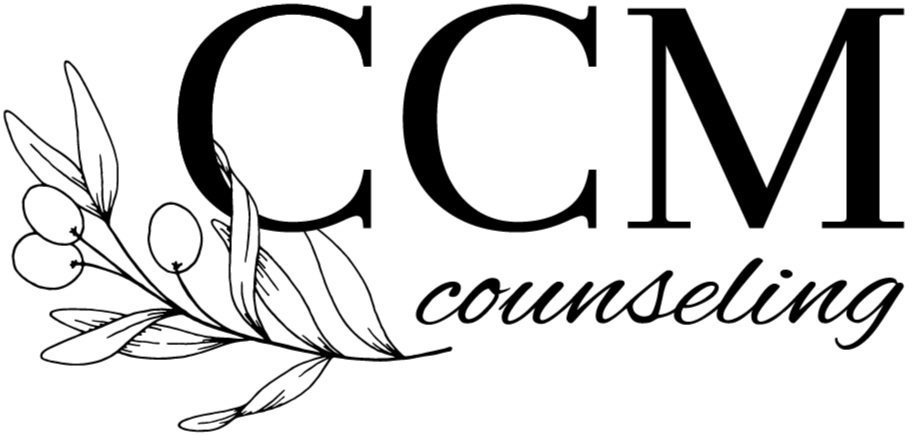“How do people recover from trauma? Can the Bible help? What can the church do?”
“Trauma knows no boundaries of nationality, gender, age, social class or race. We all live in a fallen world and groan inwardly from the painful consequences of the fall. The church is uniquely called to this mission field—it provides a theology for suffering, a community bound together in love, access to a God who is willing to hear our honest laments, and a Savior who knows what unjust suffering feels like and whose death on the cross heals the broken-hearted and forgives their sins.
This brings back our central questions…
How do people recover from trauma? Can the Bible help? What can the church do?
Healing the Wounds of Trauma helps local churches provide compassionate responses to traumatized people in their communities.
The model uses Biblical and mental health principles for trauma healing. THI supports trauma healing in global communities through our “training the trainer” approach. The program offers narrative, experiential, and participatory lessons to bring healing to traumatized people. Additionally, THI contextualized the Healing the Wounds of Trauma model to reach diverse communities.” - thi.americanbible.org
To lay the foundations for a trauma healing ministry, top leaders of churches and relevant organizations need a bird’s eye view of the need, the response, and the commitment. This can be done in a half-day or evening convening session. Those who are interested can then identify those who should be equipped as facilitators to serve the community.
Facilitators go through the materials with groups of 6-12 people, both to heal from trauma and loss and to know how to better respond to these things in the future. This can be done in weekly meetings, or as a weekend retreat.
To train people in the church or community in basic trauma healing skills so they can come alongside those who are suffering. Because “you can’t give what you don’t have,” trauma healing equipping sessions are designed to be experiential and participatory. The process involves an initial 4-5 day equipping session; practical use of the materials with traumatized people over a period of six to nine months; and an advanced equipping session. Facilitators are certified to equip others when they have the necessary competencies and experience.






